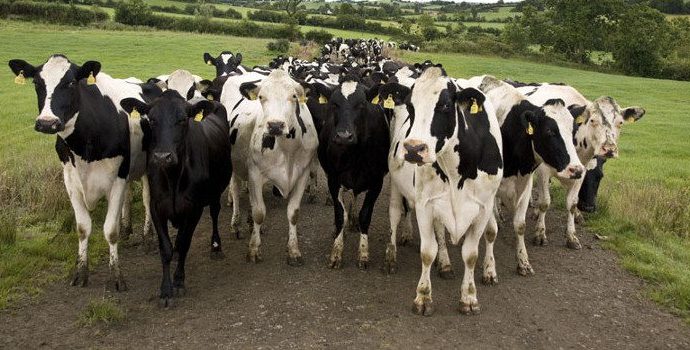Co-ops Must Stop Short-changing Farmers on Milk Prices

IFA National Dairy Chairman Tom Phelan said co-ops had failed to fairly reflect improved market returns for a few months. This was angering farmers and could only be explained by co-ops’ rebuilding balance sheets after supporting farmers in 2018 and showing no ambition for spring 2020 milk prices.
The IFA National Dairy Committee will meet locally with their co-ops to challenge board members and management on their unfair milk pricing policies.
“Irish milk prices have lost touch with the European trends outlined in the LTO monthly league around May of 2018, and have underperformed massively ever since, with a fast widening gap now reaching up to 4c/l. While European milk prices were stable, Irish co-ops were busy cutting our late spring and summer prices,” he said.
“Irish milk prices have even fallen behind the Ornua PPI with all co-ops, other than the West Cork Co-ops, paying less than that index for the majority of the last 12 months. The October gap has widened to up to 2.5c/l, worth €1,050 on that month’s supplies for a 500,000-litre supplier,” he added.
“As a strategy to camouflage poor base milk prices, co-ops are now quoting them using average solids instead of the accepted standard. They have also relied on ongoing volume growth to boost farmers’ monthly milk cheques. This is hijacking farmers’ hard work, and is insulting to them. The difference between October and March solids could be as much as 3.8c/l – that’s a cash-flow crippling €1,600 shortfall on March supplies for our 500,000-litre supplier,” he said.
“All the indicators IFA monitors have been firming for a few months, as a result of fast increasing powder prices, stable to firmer butter and cheese prices, all underpinned by a good global supply/demand balance looking set to last into 2020,” he added.
“Farmers cannot accept being short-changed on milk prices. Co-op board members must realise that merchant credit bills due are draining farmers’ cash flow, as volumes stagnate relative to last autumn, and are now set to fall seasonally together with solids. Board members and management teams must now outline their plans to improve milk prices this year end and before spring 2020,” he concluded.



